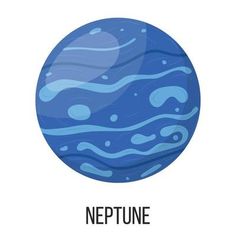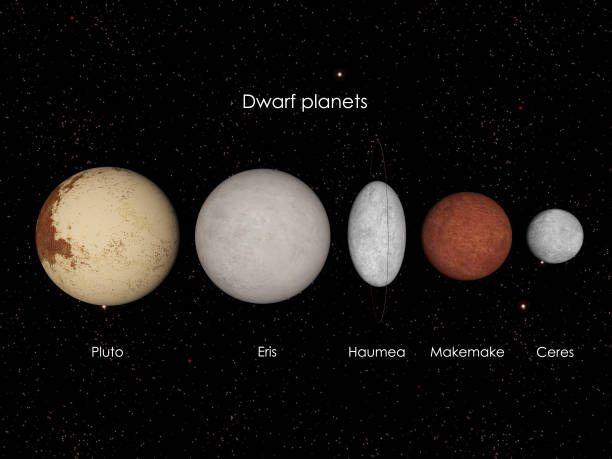
Neptune

Dark, frigid, and whipped by supersonic winds, Neptune is the furthest away from the Sun of the hydrogen and helium gas giants in our solar system. Its thick atmosphere acts as a dark veil to the surface below. We do know that it has at least 14 moons and a faint ring system, and takes almost 165 Earth years to orbit the Sun. Neptune's atmosphere extends to great depths, gradually merging into water and other melted ices over a heavier, approximately Earth-sized, solid core. In 1989, NASA’s Voyager 2 spacecraft tracked a large, oval-shaped storm called the ‘Great Dark Spot’ (similar to the Great Red Spot on Jupiter). In 1994 when NASA’s Hubble Space Telescope imaged the planet, no sign of the Great Dark Spot could be seen.
Triton is the largest by far of Neptune’s 14 known moons. This beautiful portrait is a false-color mosaic taken in 1989 by NASA’s Voyager 2 spacecraft. Triton is one of only a few objects in the solar system known to have a nitrogen-dominated atmosphere (the others are Earth, Saturn's moon Titan, and Pluto). Its frozen surface is made primarily of nitrogen ice, with some methane ice at the south pole. Voyager 2 observed active geyser-like plumes erupting from the surface, perhaps like those active now on Saturn’s moon Enceladus. Like Phoebe’s orbit around Saturn, Triton orbits Neptune in the opposite direction than the orbits of most objects in the solar system.


